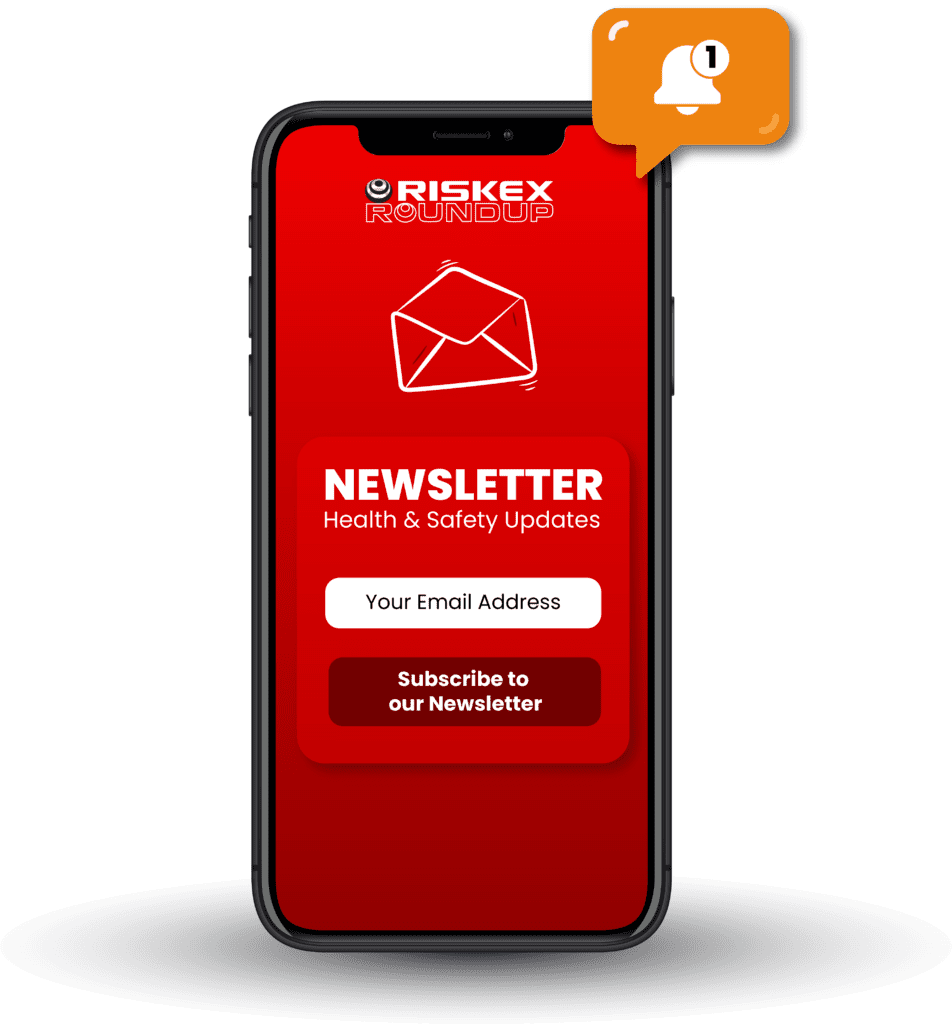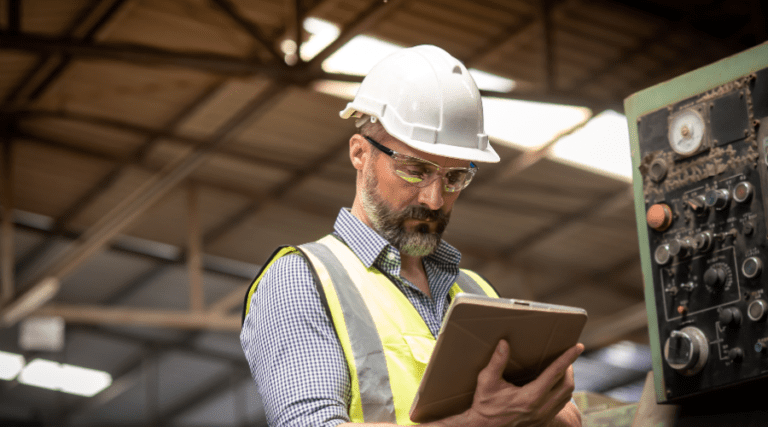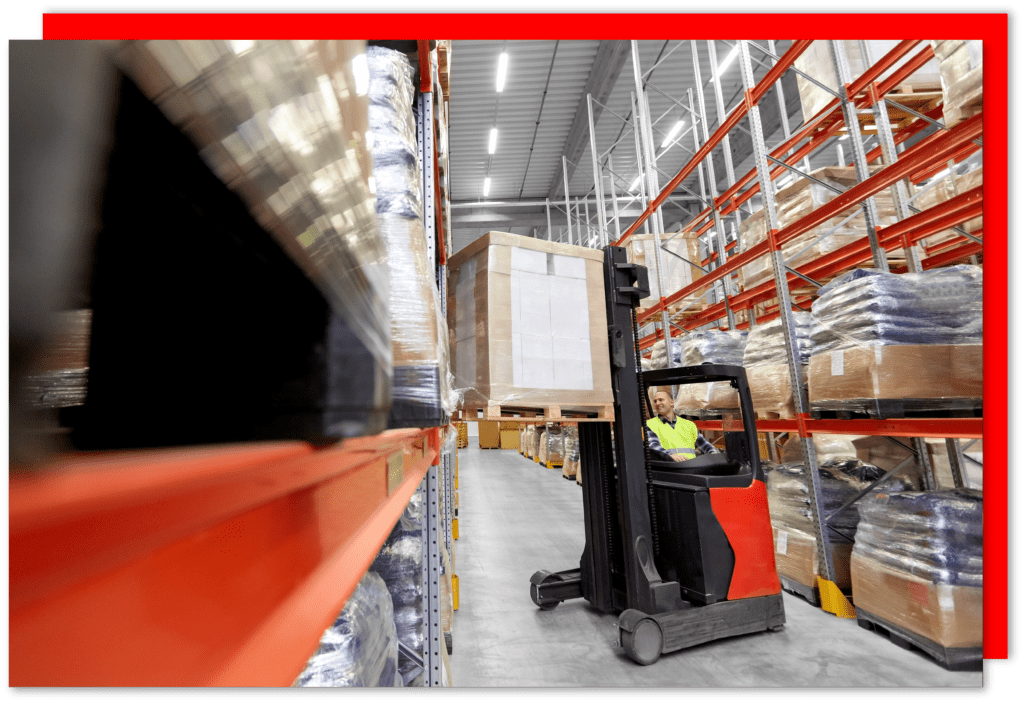Covid transmission is a concern for any industry, but for construction, the risks are higher than most – why is this?
There are several challenges in play here, including track and trace effectiveness, the nature of work activities making social distancing harder, sharing of living accommodation and use of public transport/vehicle sharing to commute to site. Moreover, when we consider the sheer size of this industry (10% of UK employment is in this sector), construction workers have the potential to become a key source of Covid transmission.
A specific challenge in this sector is the difficulty in deploying effective track and trace processes to help stop transmission at source. This is driven by the complexities in contacting the high volume of workers who are on zero-hour contracts, employed via agencies or are self-employed contractors.
So, what can employers do to help control transmission amongst this vulnerable group? Not surprisingly, there is a raft of Government and HSE guidance for the construction sector, as well as support and advice available from various trade and industry bodies regarding how to properly plan works that allow for social distancing, and enable workers to follow PHE guidance.
In addition, employers should ensure that they have robust health surveillance processes in place, including regular Covid health assessments that ideally, extends to assessing the workers household situations. This will enable managers to properly assess the risk of transmission at an individual worker level.
What types of solution should employers be looking for to help them have a real-time view of the health status of their workforce?
- Processes and technology need to support managers with understanding and acting upon Covid transmission risks from many perspectives – company, regional location, site, team, and individual worker levels.
- Processes that are easy and quick for workers to engage with.
- Powerful analytics to quickly spot trends in transmission risks and assist in resource planning.
- Health surveillance technology that provides management information based on real-time data for rapid decision making.
- Strong controls for GDPR and high levels of security to protect sensitive information.
Utilising a simple and effective daily health status check could prove vital in identifying potential coronavirus carriers and help safeguard vulnerable employees.












